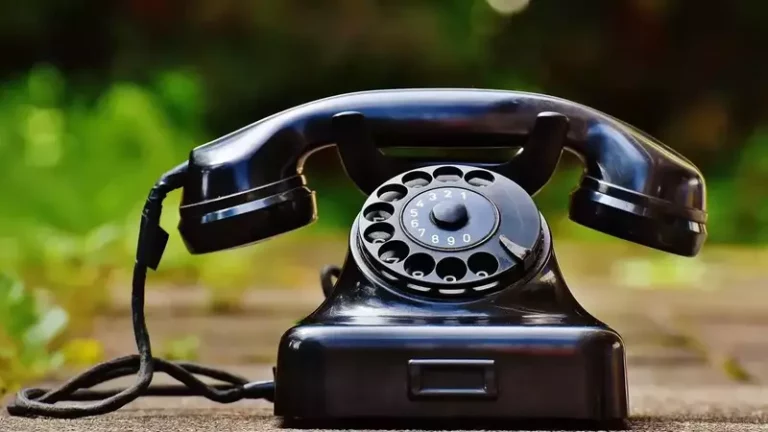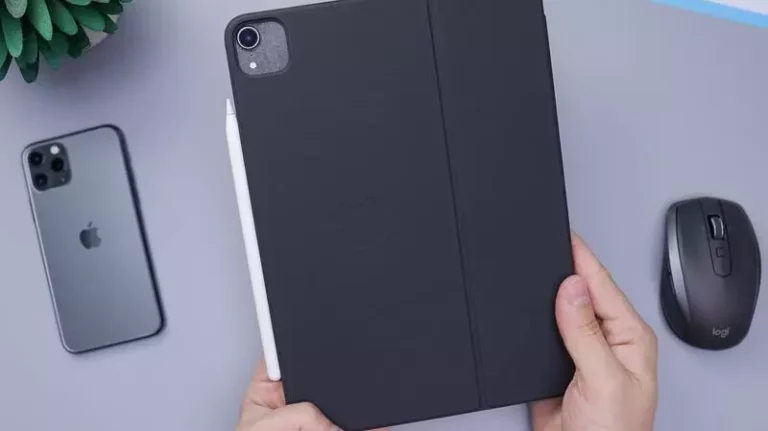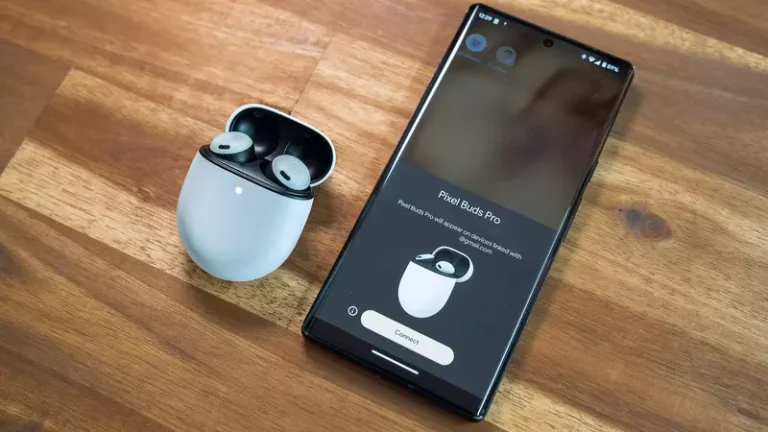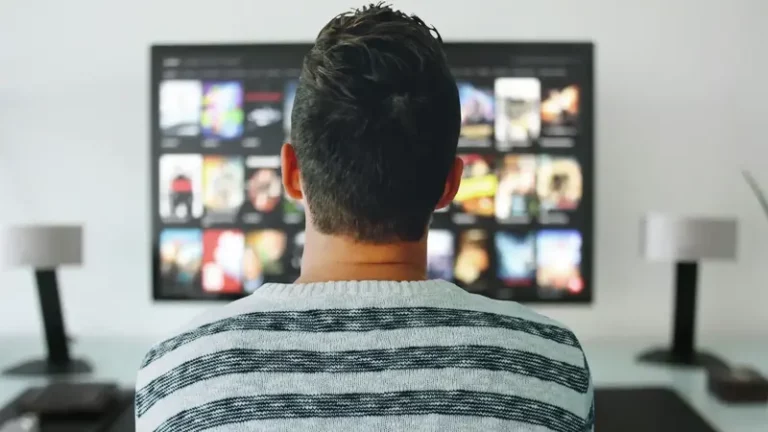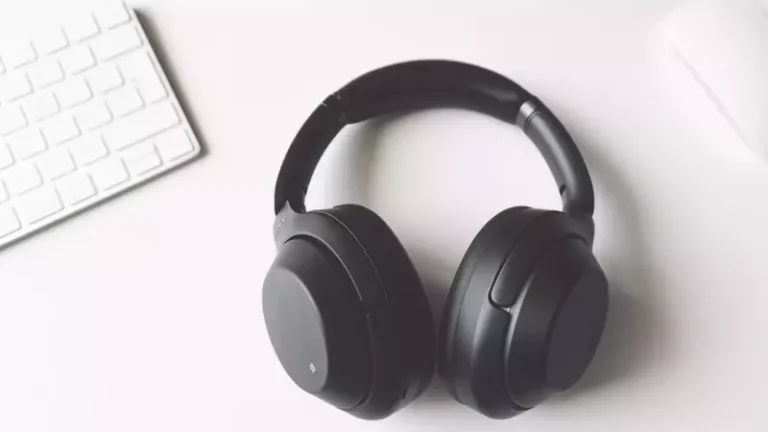Is it OK to leave Bluetooth on all the time?
This site contains affiliate links to products, and we may receive a commission for purchases made through these links.
Our devices are connected to a wireless network at all times, whether it’s your home WiFi or you’re on the go and using 4G.
We’ve started using Bluetooth almost constantly.
While life is great without any cords tying you down, have you ever wondered whether having your wireless networks on 24/7 is terrible for your phone?
And is it safe to leave your Bluetooth on all the time? That’s a bit of a debate.
Let’s go over all the pros and cons of keeping your Bluetooth running all the time.
Then you get to decide whether you want to let your Bluetooth stay on or you want to turn it off.
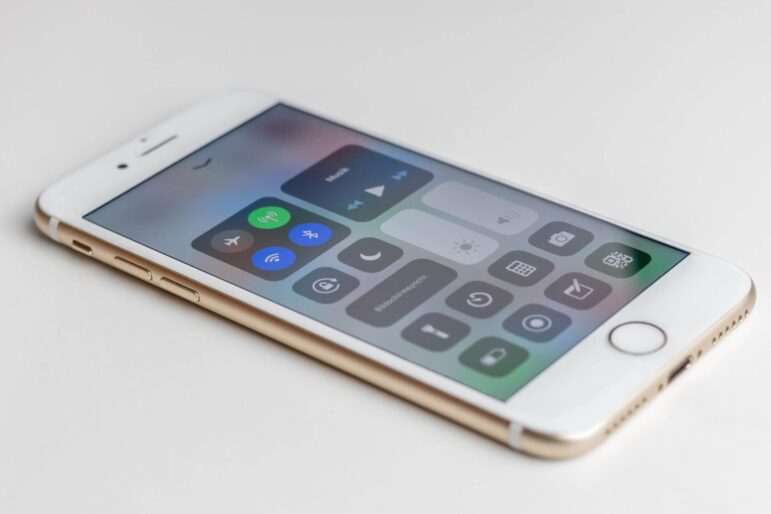
The Cons of Bluetooth
While Bluetooth is the most convenient way of jamming your favorite tunes, there are downsides as well to using it. Most of these you’re probably already aware of, but it always helps to go over things for some clarity.
Here are some of the most common problems you could face with using Bluetooth.
1. The Health Risks
When it comes to our health, we’re typically cautious. We try eating healthy and work out whenever we can. But, while we’re trying to pay attention to most things, one crucial variable goes ignored. That’s the radiation coming from our devices.
Radiations are constantly being emitted from your WiFi connection, cellular signals, 4G, and even through your Bluetooth. So the question here is, how harmful are these wireless connections? Or, more precisely, is it safe to leave Bluetooth on all the time?
WiFi Signals and their Risks
When we’ve got WiFi under question, here’s some sad news. WHO has declared that WiFi signals increase your risk of cancers by 30%. Women are more prone to these risks as opposed to men.
Why you ask, that’s because the radio frequency your WiFi signals function on messes with your DNA. These minor changes in your DNA by these WiFi radiations are what significantly increase your risk of disease.
Cellular Data and its Risks
Scientists are yet to determine whether there is an essential link between health and cellular data. But you’d be better off knowing a few basics.
Cell phones are notorious for emitting non-ionizing radiation. The good news is that the levels of these radiations are very low. This radiofrequency energy is, however, counted as exposure to radiation. But according to the National Cancer Institute (NCI), there’s no concrete proof to back these claims.
So, for now, you’re in the clear.
Bluetooth Signals and their Risks
Bluetooth signals work much like the signals emitted from cellular data. This means you’re mainly looking at a case of low levels of radiofrequency energy. Much like cellular data, the FDA has ruled that there is no significant link between these non-ionizing radiations and risks to human health.
Current research makes a general assumption that Bluetooth radiations are harmless. There’s not much data to suggest there’s any risk to you because of Bluetooth radiations. At the same time, no concrete data is suggesting these radiations are entirely safe either. The only way we’ll know for sure is by experimenting.
A Comparison of the Cancer Risk of Different Radiations
So what is the safest option among Bluetooth, WiFi, or cellular data connections?
According to research, WiFi poses the highest risk of cancer. Prolonged exposure to WiFi radiation could increase your risk of contracting a deadly brain cancer called glioma.
But then again, this is a potential risk. The final verdict is only possible with extensive research. In the meantime, I recommend keeping as much distance between yourself and your WiFi router as possible.
As far as Bluetooth and cellular data signals are concerned, it’s generally accepted that there isn’t too much to be worried about. It wouldn’t hurt to limit your exposure regardless. While science works its magic, stay safe and keep your exposure as limited as you can.
Final Verdict
Is it safe to leave Bluetooth on all the time?
According to current research, yes. This doesn’t mean that there’s no risk whatsoever. But with whatever little information we’ve been able to uncover, there isn’t a risk with the radio frequency along which Bluetooth radiations transmit data.
2. Device Health
Apart from the risks to human health, there are potential risks to your devices as well. Electronics are pretty expensive. Therefore, we all want our laptops and phones to last as long as we possibly can. So it would help if you evaluated how using Bluetooth on your devices affects their health.
This is why when we ask is it safe to leave your Bluetooth on all the time, we’re also asking is it safe for our devices?
Here’s a list of the many different ways your Bluetooth could be damaging your electronic devices.
Battery Drain: Myth or Fact?
Bluetooth is the infamous culprit behind the battery drain stressing you out. That’s what we’ve heard all our lives. But I’m here to tell you that that’s a myth.
According to current evidence, your Bluetooth won’t drain your phone’s battery. There’s still a limited amount of power your Bluetooth connection does drain. But it is pretty much insignificant.
There could be other things draining your phone’s battery much more than leaving your Bluetooth on. These include; background applications, streaming music over WiFi rather than downloading your playlist, or keeping screen brightness too high, to name a few.
Data Speed
Bluetooth uses low-energy radiofrequency. While this means your health is safe, it has an entirely different implication for data transfer.
Data transfer from Bluetooth is considerably low. According to HUAWEI, the maximum speed you’ll get is 160KB/s to transfer data from a HUAWEI device to another using Bluetooth. That’s not ideal for sharing large files. Sure it works when you’ve got no other way to exchange data. But it sure can be a pain for more prolonged operations.
Whenever you can, try using WiFi or cellular data to transfer your files faster. But if you have all the time in the world, Bluetooth file transfer works just fine.
Limited Data Transfer
Bluetooth data transfer isn’t just slower; there’s a limit to how much data you can exchange using Bluetooth. The maximum you could manage in a Windows computer is 4.2GB. Add the transfer time to that, and this makes the task next to impossible.
Forget exchanging books or large videos; devices other than Windows allow even smaller amounts of data to be transferred via Bluetooth. Besides, there are more efficient means of data transfer you could use. A file transfer via physical cord connection is the fastest and most effective method. If you want to remain cord-free, then WiFi and cellular data work better than Bluetooth.
My final verdict is that it’s just not worth it. Even though you can technically transfer files as large as 4.2GB, the operation is bound to fail more than a few times. My advice, try alternative means.
3. Data Security
Like any other wired or wireless connection, Bluetooth connections pose a threat to your data. So is it safe to leave Bluetooth on all the time, data security edition? Let’s find out.
Level of Threat
Data security is a grave threat for anyone. You wouldn’t want your private data out in the open. Once it gets into the wrong hands, there’s no telling how they’ll use your confidential information.
By leaving your Bluetooth on unnecessarily, you’re making yourself vulnerable. When your Bluetooth is turned on, it’s like a virtual door to your home you’ve left wide open, especially when cybercriminals come up with new innovative ways of security breaches.
With your Bluetooth on, you’re taking a significant risk. You’re better off toggling your connection off when not in use and then back on when you need it.
BlueBorne
There are always new security breaches surfacing. One of the most recent ones is BlueBorne. IT doesn’t matter what operating system you’re on. So whether it’s your android, iPad, Windows laptop, or Lexus device, they’re all at high risk of a BlueBorne attack.
Your device could be targeted directly, or if you’re in close proximity to other infected devices, your device could be at risk. All it needs is that your Bluetooth is turned on. This virus doesn’t even ask for permission, so you won’t know what hit you in the first place.
Once infected, you could lose complete control of your device and everything in it. That’s everyone’s worst nightmare. No one wants all their secrets and vulnerabilities out there in the open.
BlueSmacking
Have you heard of a Denial of Service Attack? If not, this is what it means. By contracting this type of attack, your device will be bombarded with commands. Hundreds if not thousands of commands coming all at once will send your phone into a frenzy.
This will make it freeze. You won’t be able to give any commands of your own; your device will stop responding. It will shut down.
BlueSmacking doesn’t just cause significant inconvenience. While you’re busy trying to regain control of your device, there’s an open door for the cyber attacker to cause malice. They could be downloading your business information or your private photos and videos.
But don’t lose hope just yet. There’s a reasonably simple way of fighting off a Denial of Service Attack. Besides, this type of cyber attack is pretty minor. A simple reboot is good enough to recover from it.
BlueJacking
It’s precisely what the name suggests. Your gadget is getting hijacked via Bluetooth. Put Bluetooth and hijacking together, and you get BlueJacking.
A BlueJacking attack can be transmitted up to 30 meters, so you better be careful. This type of cybercriminal could be right in front of you. It could be the nice lady ordering coffee at the counter or the suspicious guy typing away at his computer in the corner of the local coffee shop.
It all starts with a spam advertisement. It’s another means of launching a Phishing attack. Your attacker would typically pretend to be someone you’d likely trust; your bank or your organization. Phishing messages also have a sense of urgency to them. It’s a trap to lure you into implant malware in your device.
But you shouldn’t be too worried; these are relatively easy to spot. Moreover, if you’re mindful of the links and devices you’re accessing, you’ll be safe.
BlueSnarfing
Hopefully, this analogy indicated the gravity of the situation. BlueSnarfing and BlueJacking are strikingly similar, but there are a few key differences here as well.
BlueSnarfing is BlueJacking but on steroids. BlueJacking will be pinging you with data, but with a BlueSnarfing attack, your data is likely being taken.
It could be the first wave of a much larger and dangerous attack. The attacker could be looking for other information they could use to launch another full-blown attack. This is alarming since you don’t know what precisely the attacker is accessing.
BlueBugging
Backdoor is a common term in the tech world. But if you’re not aware of it, here are a few key points that could help you.
Interestingly, backdoors are a way of bypassing your encryption. Hackers invented this method from the infamous Cult of Dead Cow Group. This is a hazardous kind of attack. It will bypass your security, and you’re likely to lose all control over all the operations.
Once the attacker gains remote access to your device, there isn’t much you can do about it. It will take ages to recover from this kind of attack. In the meantime, every piece of information on your system stands wholly exposed and vulnerable.
This kind of attack has been used for effective espionage. People have also used this attack to gain access to other people’s online banking accounts. People have also lost confidential corporate data to backdoor BlueBugging attacks.
How Can You Be Safe?
The new and old cyber risks of using Bluetooth are intimidating. There are few simple things you could do to protect yourself. But there are still many ways you could be safe.
Here’s a list of some of the simple things you could do to stay safe.
1. Physical Awareness
Know the whereabouts of your devices. The first and foremost thing you should do is be physically aware of your surroundings and devices. You should know whether your phone is in your pocket or the bar.
Not losing your device is the most effective way of warding off cyber attacks.
2. Locate Lost Devices
In case you lose your device, you should have a fool-proof plan of getting your appliance back. Apple and Android providers give you the very handy ‘Find My Device’ feature. It would be best if you kept this switched on. Also, remember to allow the necessary permissions needed for these apps to function correctly.
Another thing you should be aware of is that you remember your account names and passwords. There’s no point in an active ‘Find My Device’ feature if you don’t know your password.
3. VPN
Always use a VPN when you’re using public networks. Whether it’s a public WiFi or you’re searching for nearby Bluetooth connections. It would be best if you had a good quality VPN installed. There are a lot of free-of-cost options available, but for unlimited access, you’ll need to purchase one.
VPN is your shield. It will filter out most malicious programs before you even notice. Plus, VPN and antivirus programs remove any potential malware from your device as well.
4. Turn Off Unnecessary Connections
When push comes to shove, there’s one surefire way of protecting yourself. Whenever you’re not using a wireless connection, make sure you turn it off, whether it’s your Bluetooth or your WiFi. All risks will automatically be avoided if you’re careful about these connections.
This applies specifically to situations when you’re out in the open, in a mall, or at the university enjoying free WiFi. Once you’re done using your WiFi or Bluetooth, it should be turned off. This way, you’re taking away the primary means by which anyone could access your device.
5. Turn Off ‘Discoverable’ Mode
Once you’re done with sharing songs with your friend or Airdropping photos, turn off the Discoverable status. This tip works for public WiFis as well.
If your device isn’t discoverable to a potential hacker, they won’t be able to launch any targeted attacks. You should still be careful, though; this still leaves room for more random cyber attacks.
Is it Safe to Leave Bluetooth On All the Time: Final Verdict
After going over all the potential risks you’re running by keeping your Bluetooth on, my final verdict is no.
No, it isn’t safe to leave your Bluetooth on. Even though it’s convenient and there aren’t many associated health risks. The risks to your data that come with it are far more significant than what can be ignored.
The safety of your confidential data is just as important as your physical health, especially in the day and age where cyber attacks are becoming more common and much more severe than ever before.
Please turn your Bluetooth off whenever it isn’t in use and stay safe.

Espen
Espen is the Director of ProPairing and has written extensively about Bluetooth devices for years. He is a consumer product expert and has personally tested Bluetooth devices for the last decade.

